Olivia Valentino, an Italian PhD student studying particle physics at Imperial College London, has spent a good part of the last three months 4,850 feet underground. That’s because she’s a member of the LUX ZEPLIN experiment, located at the Sanford Underground Research Facility in what used to be North America’s deepest gold mine. The experiment, called LZ for short, is the largest detector in a worldwide hunt for dark matter.
Although indirect evidence shows that dark matter makes up most of the mass in our universe, this invisible substance has never been directly detected. As a visiting student, Valentino participates in the search by helping maintain the LZ dark matter detector and analyzing its data.
Valentino recently talked to members of the public at an event tied to Dark Matter Day, an annual celebration held on and around October 31. Symmetry caught up with her to learn more about what it’s like to work almost a mile underground.
How do you reach the LZ detector?
OV:
I have to wake up very early, usually around 6:30 a.m. First, the other LZ workers and I go into the PPE [Personal Protective Equipment] room to put on coveralls, steel cap boots, a hard helmet, and glasses. This gear protects us, but also the detector. The coveralls prevent our clothes underneath from getting dirty in the mine and contaminating the detector.
Once we’re dressed, a shuttle brings us to the cage, which is the elevator that will bring us down into the mine. The morning cage leaves at 7:30 a.m. It’s more like a dumbwaiter than a normal elevator. Sometimes a tiny rock bumps off the cage and makes a little noise. At the beginning, this scared me, but now I don’t pay attention. I feel like that’s true about everything underground. Initially, it was kind of stressful to know there was 5,000 feet of rock above me. Not anymore.
The cage is full of cage operators, people who work on LZ and other experiments, and infrastructure technicians that maintain the tunnels. It takes about 12 minutes to go down. Once we’re underground, it’s incredibly warm and smells earthy. We have to walk a bit through an open, well-lit corridor to a train that takes us through a tiny, dark tunnel to the cavern that houses the LZ detector.
What is it like once you get there?
OV:
The big LZ cavern is basically a lab. It’s fully lit, there’s AC. We even have a coffee machine and a panini press. But some of the walls are rocks.
The LZ detector just looks like a big cylinder because we can only see the water tank that holds it and further shields it from external backgrounds.
The LZ experiment is a big tank of liquid xenon, which serves as a target. We’re aiming to see if dark matter comes and interacts with one of the atoms of the xenon target. If this happens, it will cause the xenon to recoil back, like two billiard balls hitting, which will produce a light that we can detect as a signal of dark matter.
What is your work like on the days you go underground?
OV:
It really depends on the day. The scientists and engineers have one dedicated subsystem of the experiment that they work on. I’m here as a student, so I’m learning and helping whoever needs help.
A big part of the work is maintaining the compressors that circulate the xenon in the detector. We also do a lot of routine checks and calibration.
If all is well and there is nothing to do on the detector, I work on data analysis, which means sitting at my laptop and looking for a signal of dark matter in LZ’s data.
What is the end of a day underground like?
OV:
The cage up leaves at 4:30 p.m., so we close down by 4 p.m. every day. Going up is like going down in reverse: We’ll put our coveralls back on, take the train, walk, ride the cage up. Going up only takes six minutes because it’s faster.
It’s nice going up. I love to see the natural light from the sun, and now that winter is on its way, it gets much colder as we go up.
The graduate students that work on LZ all live in a house together and we hang out after. On Tuesdays all the LZ people do trivia. It’s a very social, nice group.
Why are you trying to detect dark matter?
OV:
We don’t really know exactly what dark matter is. We know there’s a series of observations of the universe that don’t add up. For example, the rotation of galaxies is not what we would expect it to be based on the matter that we can see. This tells us that there’s something more massive contributing to this rotation. The existence of dark matter would be able to explain all those observations, so experiments like LZ are trying to detect it.
It will be great if LZ finds dark matter. If it does, it is not the end of the story—then we would want to learn as much as possible about it. And if we don’t see it with LZ, it just means that we have to push more to look for it, so that also further justifies next-generation experiments.
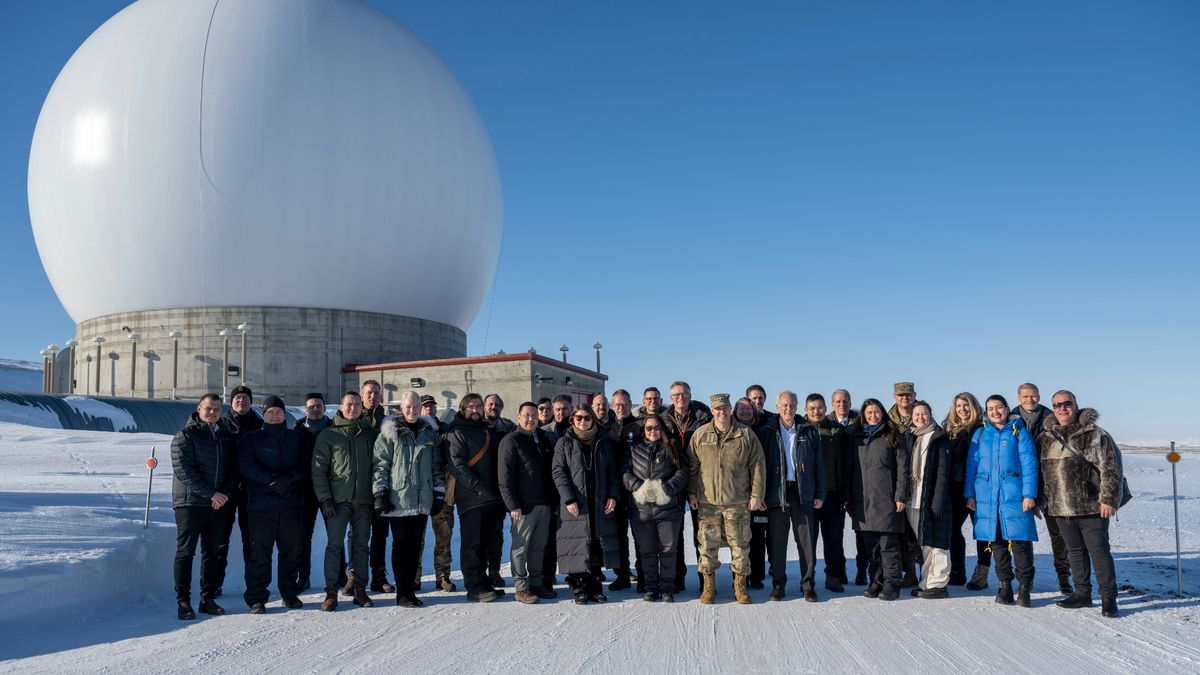
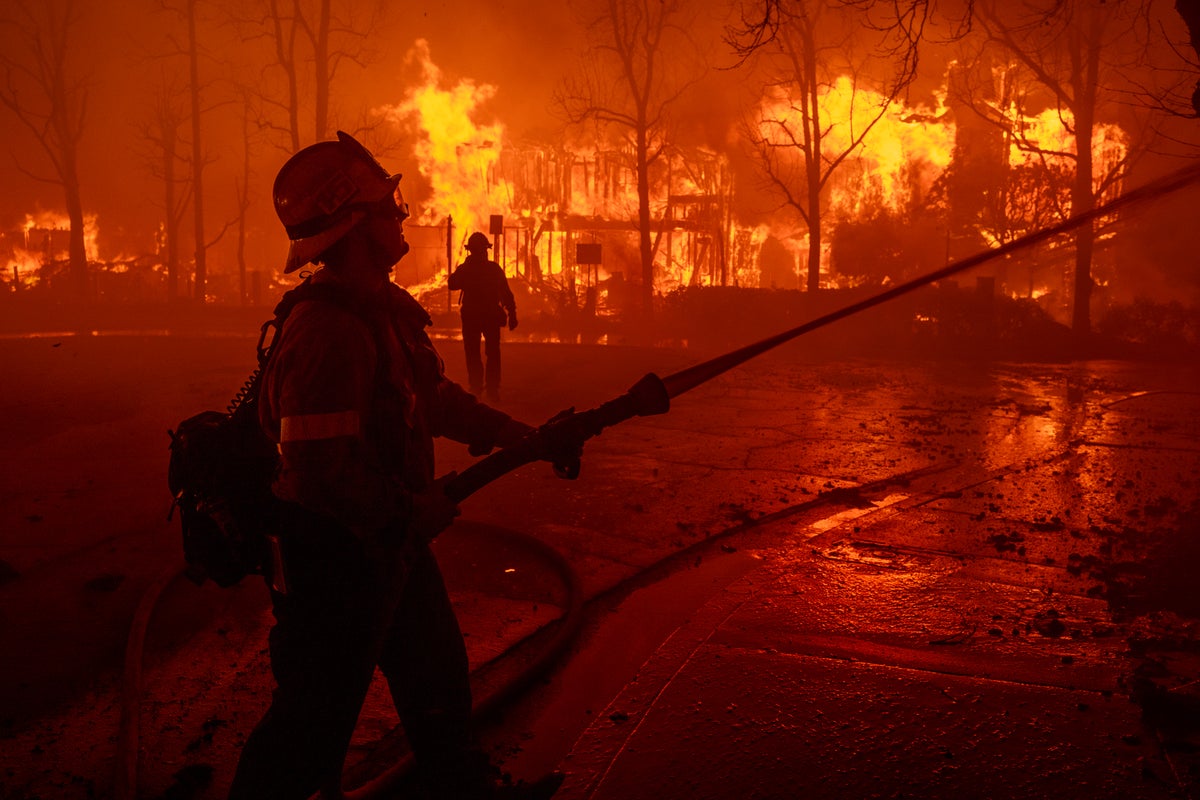
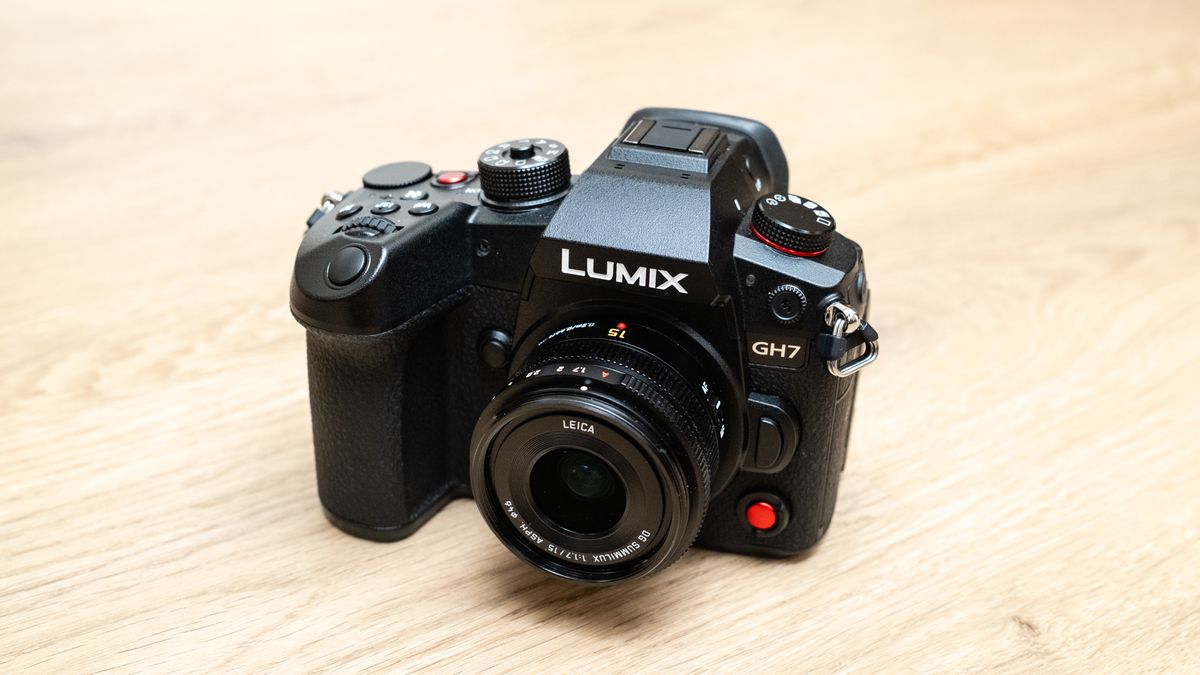

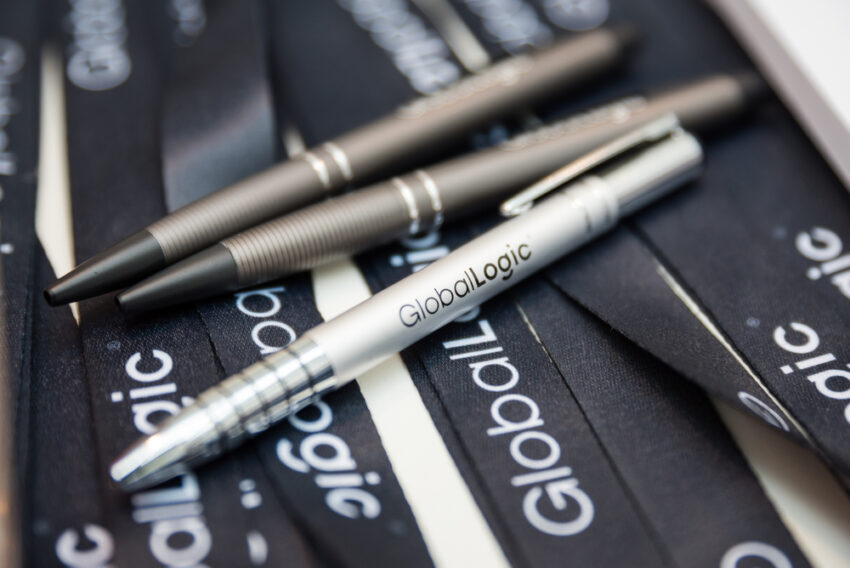

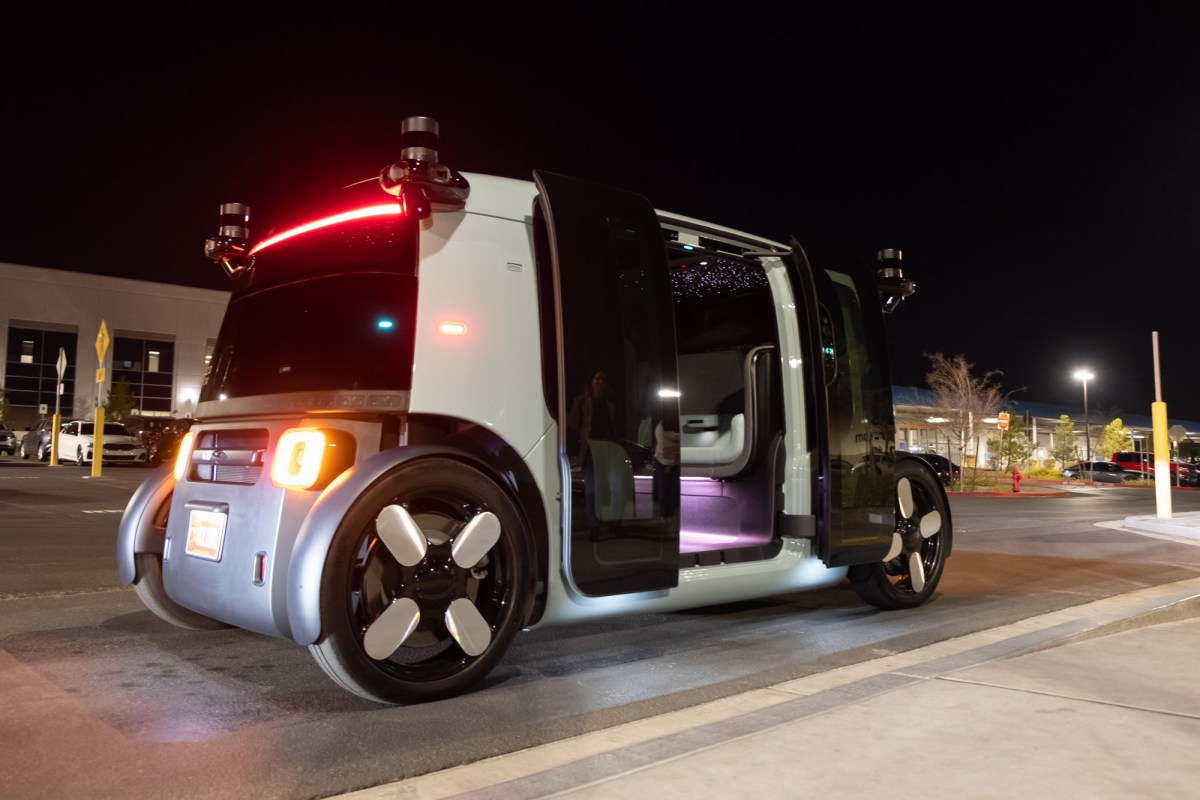

Leave a Comment